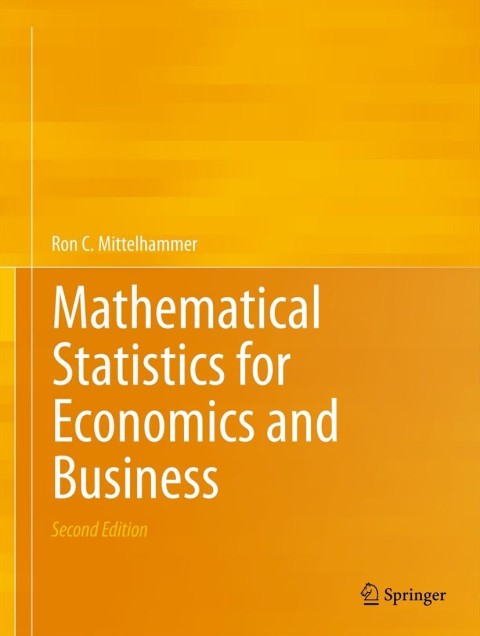For each case below, determine whether or not the real-valued set function (P(A)) is in fact a
Question:
For each case below, determine whether or not the real-valued set function \(P(A)\) is in fact a probability set function:
a. Sample space \(S=\{1,2,3,4,5,6,7,8\}\), Event space \(\Upsilon=\{A: A \subset S\} \quad, \quad\) Set Function \(P(A)=\) \(\Sigma_{\mathrm{x} \in A}(\mathrm{x} / 36)\) for \(A \in \Upsilon\).
b. Sample space \(S=[0,4)\), Event Space \(\Upsilon=\{A: A\) is an interval subset of \(S\), or any set formed by unions, intersections, or complements of these interval subsets\}, Set Function \(P(A)=\int_{x \in A} e^{-x} d x\) for \(A \in \Upsilon\).
c. Sample Space \(S=\{x: x\) is a positive integer \(\}\), Event Space \(\Upsilon=\{A: A \subset S\}\), Set Function \(P(A)=\) \(\Sigma_{x \in A}\left(x^{2} / 10^{5}ight)\) for \(A \in \Upsilon\)
d. Sample Space \(S=(0,1)\), Event Space \(\Upsilon=\{A: A\) is an interval subset of \(S\), or any set formed by unions, intersections, or complements of these interval subsets\}, Set Function \(P(A)=\int_{x \in A} 12 x(1-x)^{2} d x\) for \(A \in \Upsilon\)
Step by Step Answer:

Mathematical Statistics For Economics And Business
ISBN: 9781461450221
2nd Edition
Authors: Ron C.Mittelhammer





